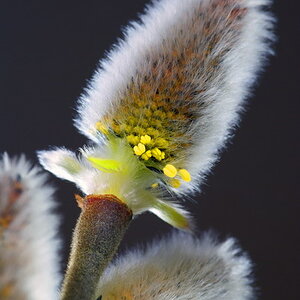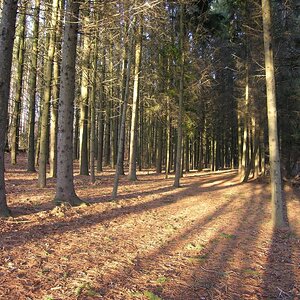prashant4u
TPF Noob!
- Joined
- May 12, 2018
- Messages
- 1
- Reaction score
- 0
- Can others edit my Photos
- Photos NOT OK to edit
Hi, Technology has improved and now expectation is to get ultra high resolution image with effects. Can experts point out how this is achieved with a photoshop or any other adobe tool. I have been struggling to understand whether its a real clicked photo or achieved through tools.
Your help will be very much appreciated and beneficially to the community to raise the bar of our work. Thanks in advance.
Image Link 1
Image Link 2
Your help will be very much appreciated and beneficially to the community to raise the bar of our work. Thanks in advance.
Image Link 1
Image Link 2



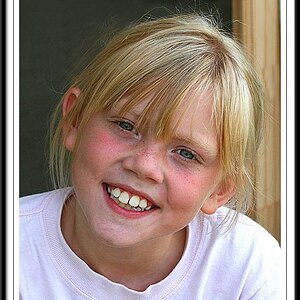
![[No title]](/data/xfmg/thumbnail/31/31748-63241c520f250328a5ec32959b8f53d0.jpg?1619734989)
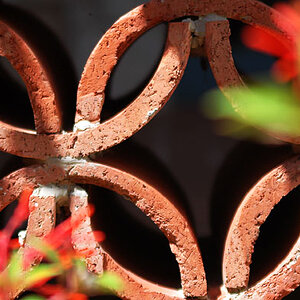
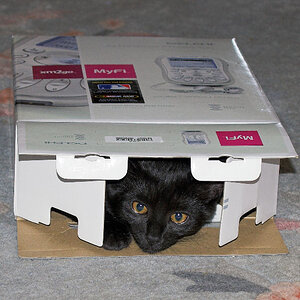
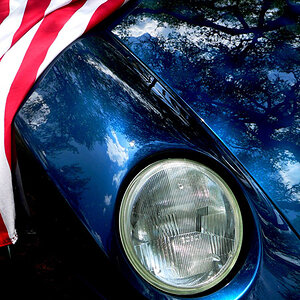
![[No title]](/data/xfmg/thumbnail/39/39460-55f4d48e22a9710f377f2a3dee45992e.jpg?1619739039)
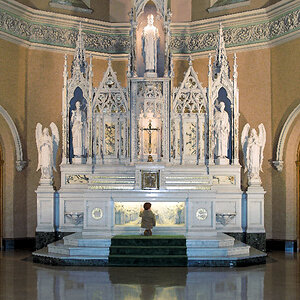
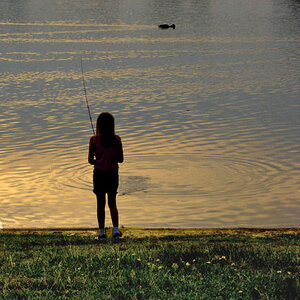
![[No title]](/data/xfmg/thumbnail/39/39429-cfa441056f1e6a1995539dc87c794876.jpg?1619739028)

